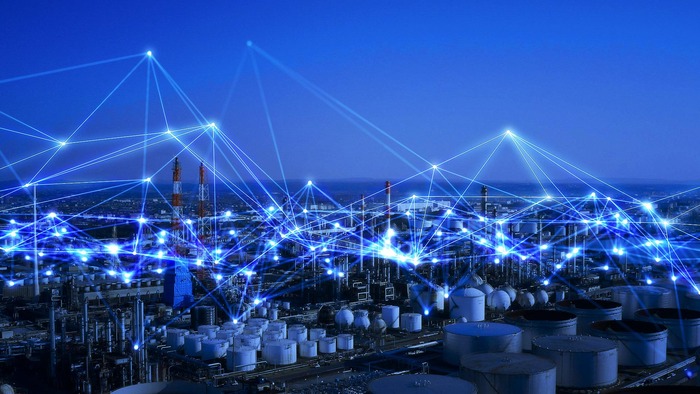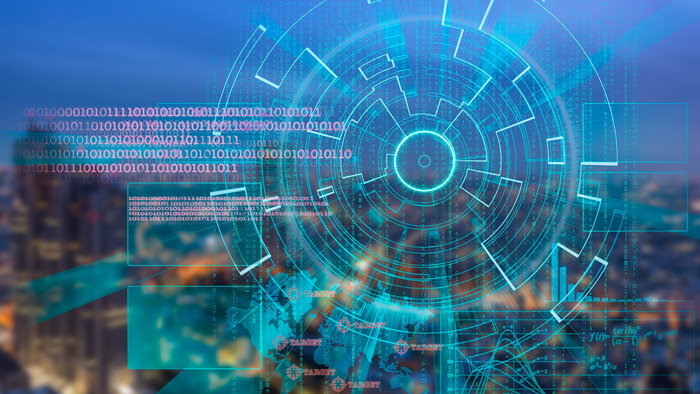Over a dozen critical infrastructure sectors with assets, systems, and networks are considered vital in the United States and other countries. The incapacitation or destruction of these sectors would have a negative effect on the security, economy, public health, and safety of the country. It’s important to understand these sectors and see how vital they are. Many people today choose to work in the infrastructure sector to help protect their country. Let’s take a look at a few of the important elements below to understand more about infrastructure cybersecurity.
Chemical Sector
The chemical sector is a major component, covering the aspects of potentially dangerous chemicals that are utilized by other critical sectors. This includes distributing, using, manufacturing, and storing such chemicals. This sector has four components: Basic Chemicals, Specialty Chemicals, Agricultural Chemicals, and Consumer Products.
When it comes to cybersecurity, the chemical sector relies on critical infrastructure to manage risks and achieve resilience and security outcomes.
Communications Sector
The private sector is mainly responsible for protecting this sector’s infrastructure and assets. The goal is to predict, anticipate, and respond to sector outages. Communication is key to everyday life and involves terrestrial, satellite, and wireless transmission systems. All are interconnected and rely on each other to function. The public and leaders need to be able to communicate in a time of crisis, especially for response and recovery efforts.
The communications sector is closely linked with the Energy, Information Technology, and Financial Services sectors. Any communication breakdown can also shut down these infrastructures.
IT Sector
The Information Technology sector is becoming more vitally important as the years go by. Most industries rely on information technology to function. When IT goes down, the whole business can shut down. The IT sector aims to identify and protect companies against cyber threats and vulnerabilities.
Many industries are at risk of cyber attacks due to the data stored within their systems or monetary value. Online casinos, in particular, heavily depend on information technology for their operations. These platforms store sensitive customer data and handle financial transactions, making them lucrative targets for cybercriminals.
Ensuring the security of online casinos is paramount to safeguarding both player information and the industry’s reputation. As the digital landscape continues to evolve, the role of IT in fortifying online casinos against cyber threats becomes increasingly vital. Proactive measures and cutting-edge cybersecurity strategies are essential to maintain the trust and integrity of these platforms.
Energy Sector
The energy sector protects a web of services connected to electricity, oil, and natural gas reserves. It’s important to maintain this sector so individuals have access to energy supplies and ensure the overall health and wellness of the public.
Without a stable energy supply, the economy cannot function, and the health and welfare of the public is at risk. The energy sector is critical as it enables functions across several critical infrastructure sectors. Everyone relies on energy for everyday life and work, so protocols must be in place to protect the energy sector 24/7.
Emergency Services Sector
Of course, the emergency services sector is essential as it helps save lives and protect property and the environment. The sector supports skilled personnel with both physical and cyber resources. Prevention, preparedness, response, and recovery services fall into the day-to-day operations of this sector. Security measures are essential for response times and recovery efforts during a major disaster or incident.
If security issues arise, it could shut down the response times of law enforcement, fire and rescue, emergency medical, emergency management, or public works.
Government Facilities Sector
Specialists in this sector help federal, state, local, tribal, and territorial facilities identify risk factors and protect against potential attacks or issues. Business or building types that fall into this category include schools, courthouses, historic landmarks, government buildings, etc. Each physical structure that falls into this sector is reviewed, and directives are in place to assist with security issues. This sector also includes election protection for fair ballot voting.
Healthcare and Public Health
This sector relies on collaboration to protect all sectors of the economy from issues such as infectious disease outbreaks, terrorism, and natural disasters. Most of this sector’s assets are privately owned and operated, so collaborative efforts are needed to ensure critical operations. The sector depends on communications, emergency services, energy, food and agriculture, information technology, transportation systems, and with water and wastewater systems to function.
Each of these sectors is connected to cyber operations in some form or fashion. They rely heavily on technology to function and must have security systems in place to avoid attacks. Many of the sectors work together on day-to-day operations, so the downfall of one would lead to issues within another sector.
Every sector must provide technology and security updates to ensure safe operations without fear of cyberattacks. Criminals today are ruthless and will stop at nothing to wreak havoc and shut down essential systems for ransom or harm. With the right infrastructure in place within each sector, the threat level is lessened, so day-to-day options can continue without a hitch.


